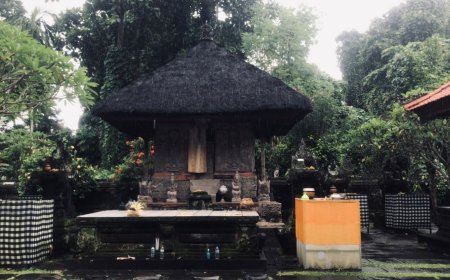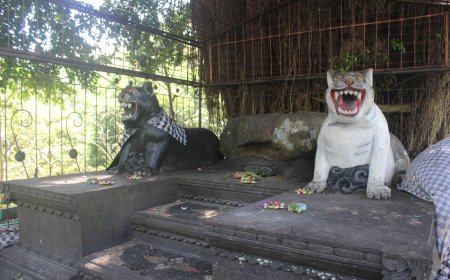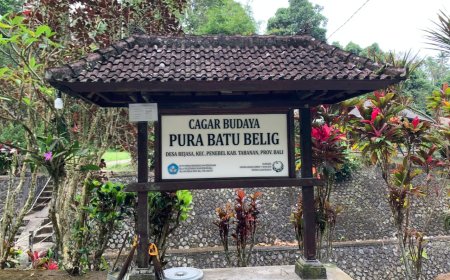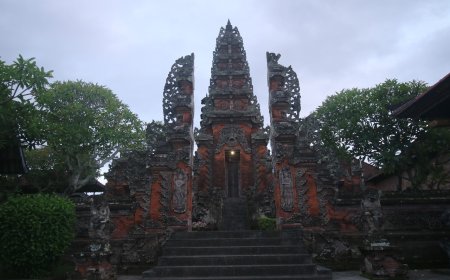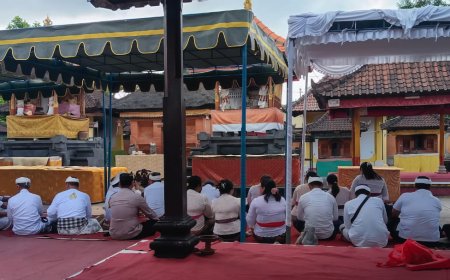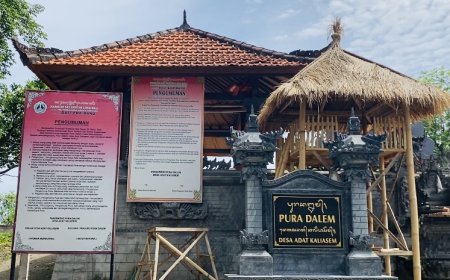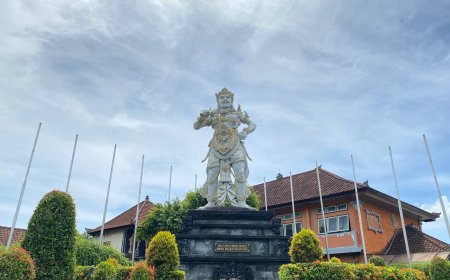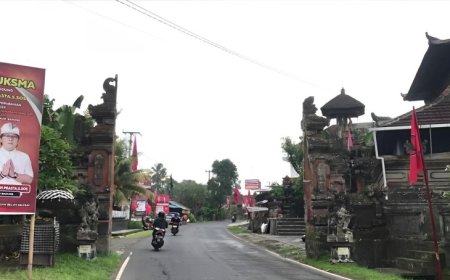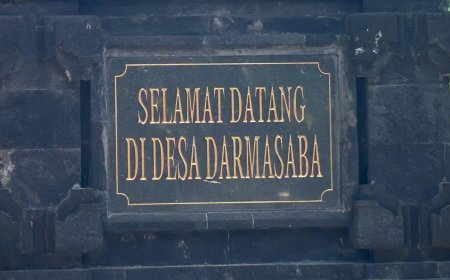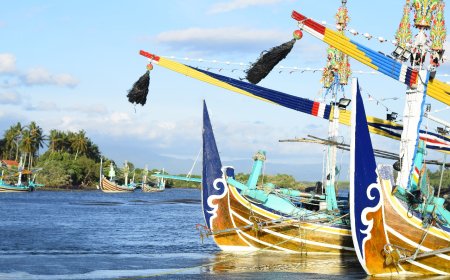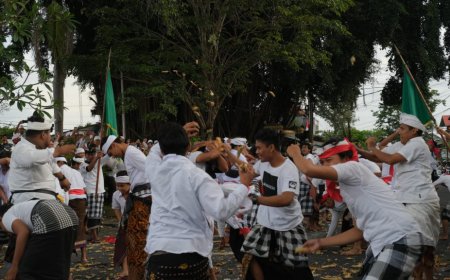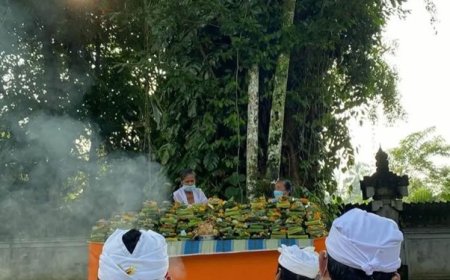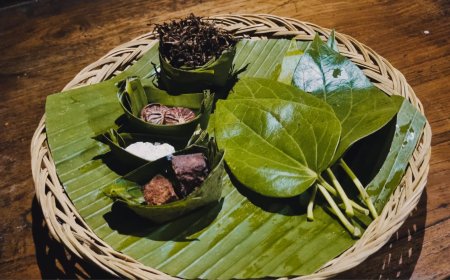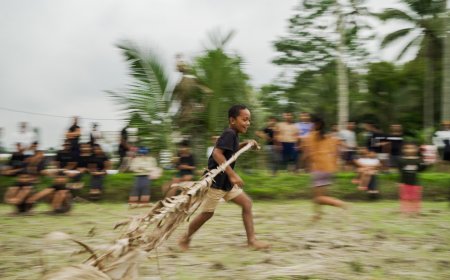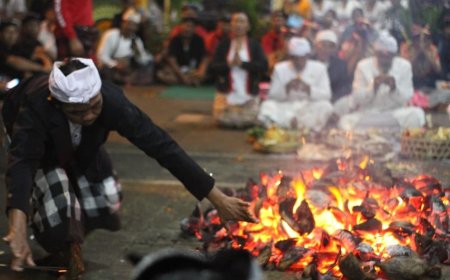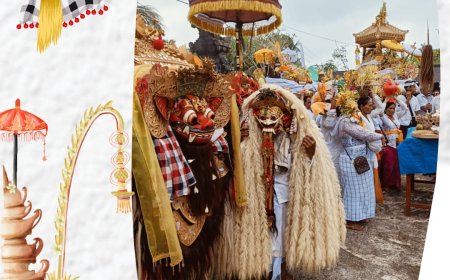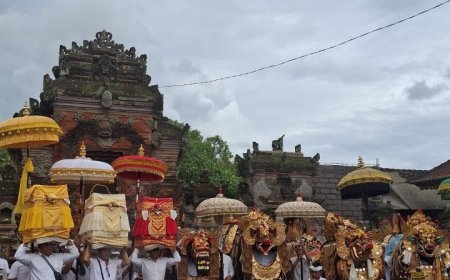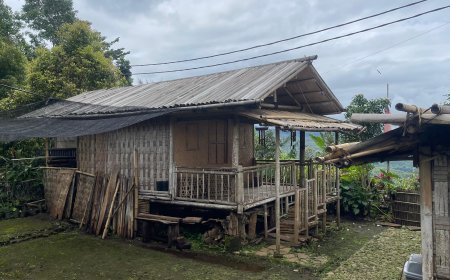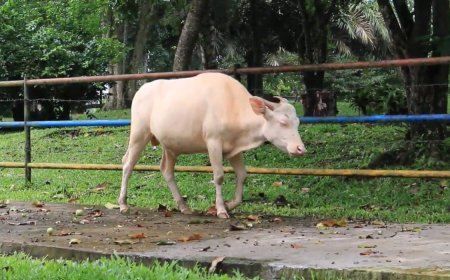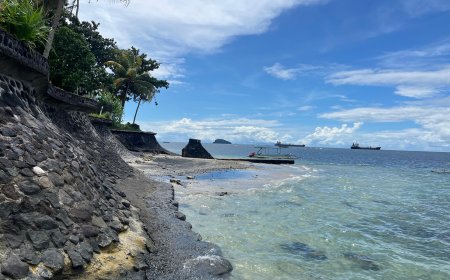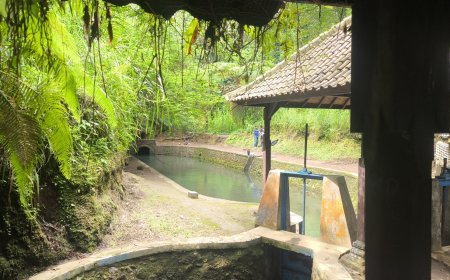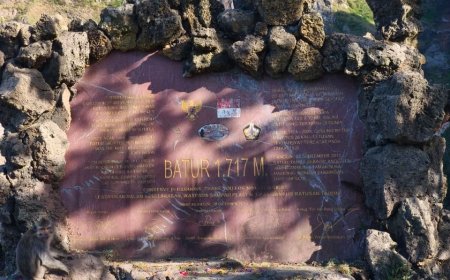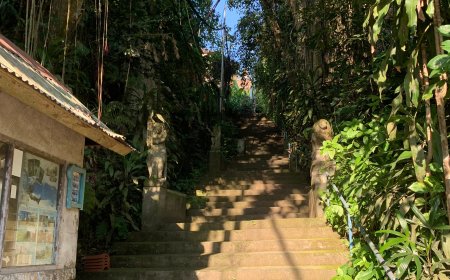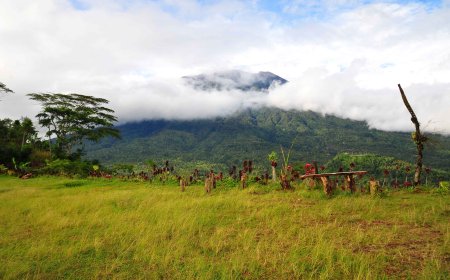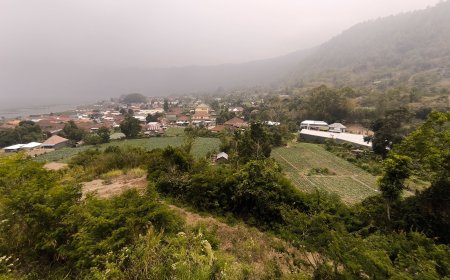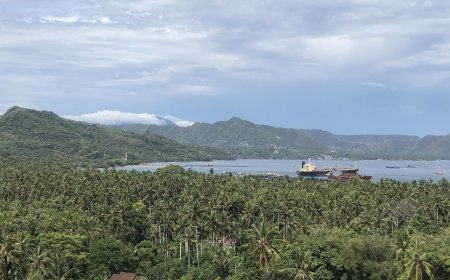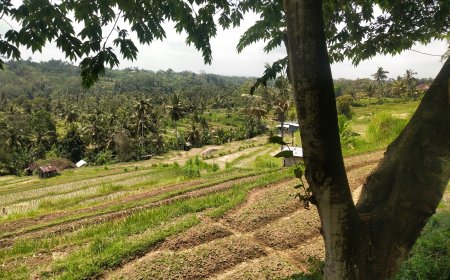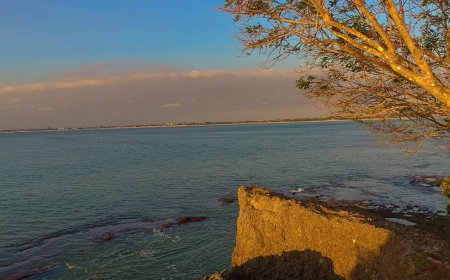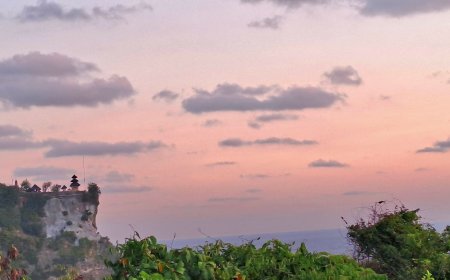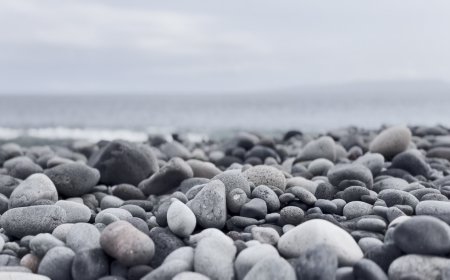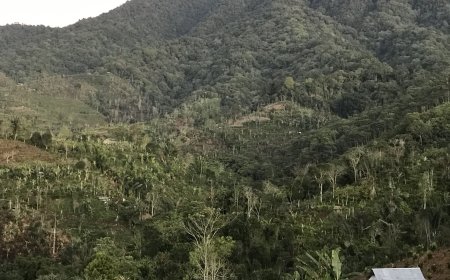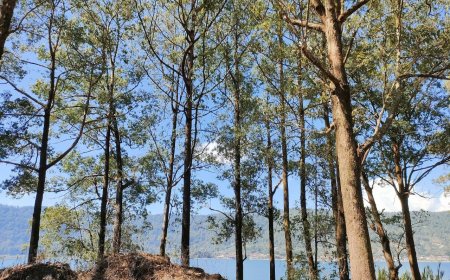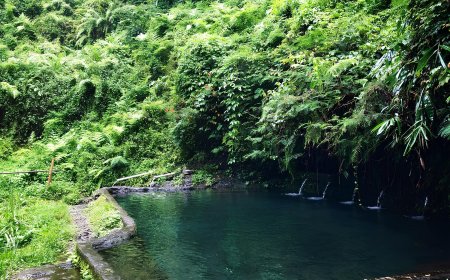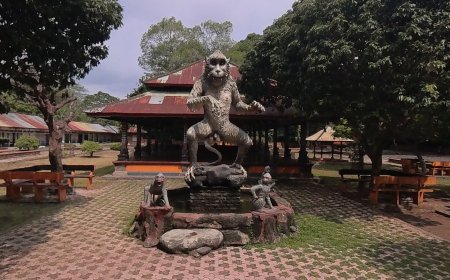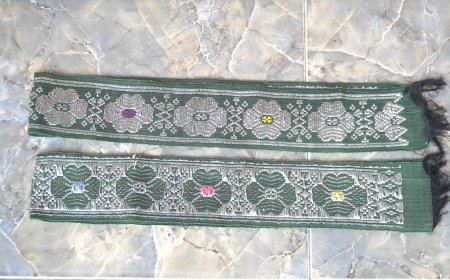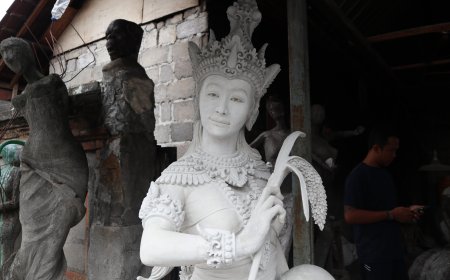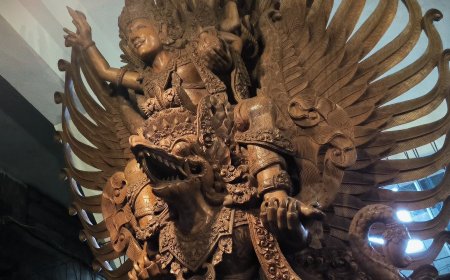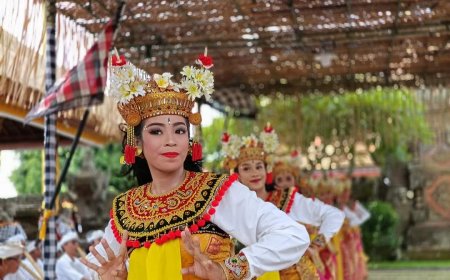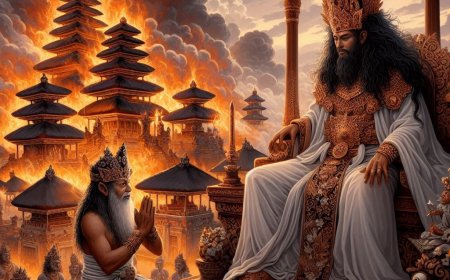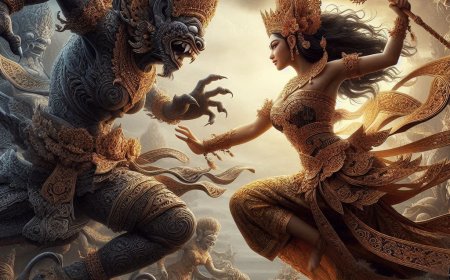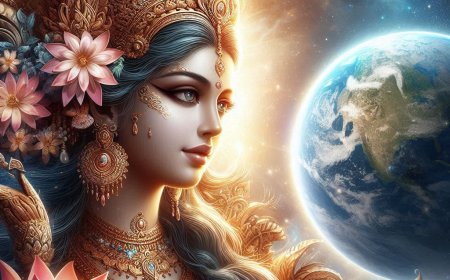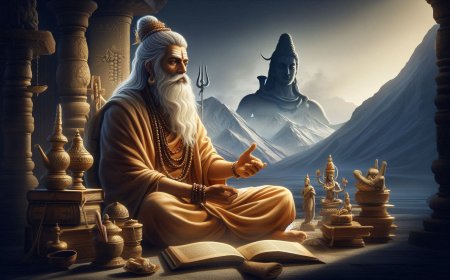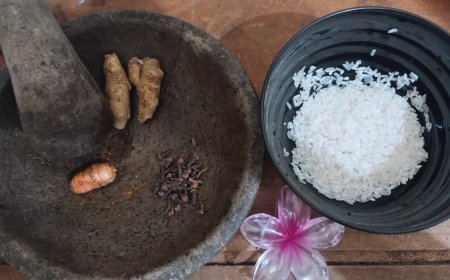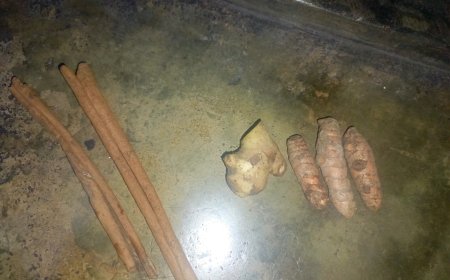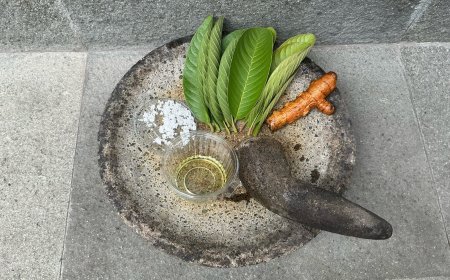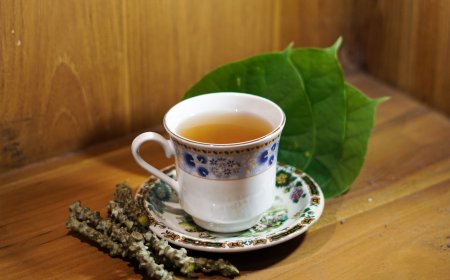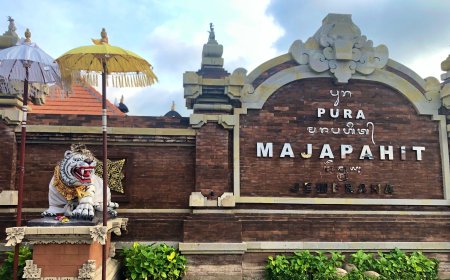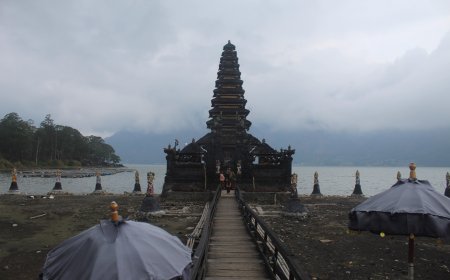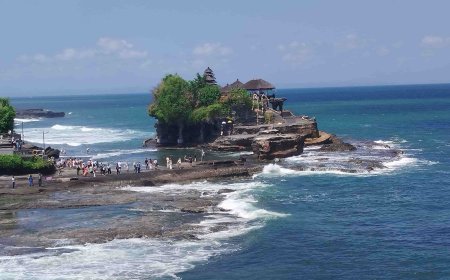Pura Bukit Indrakila: An ancient Temple Surrounded by Enchanting Mountains in Kintamani
The cool mountain air in Kintamani is just what you need to unwind. And it gets even better when you visit Pura Bukit Indrakila, a beautiful temple sitting on a hilltop overlooking the highlands. The chilly weather and fog make the temple feel like it's floating in the sky. With its peaceful atmosphere and green surroundings, it's the perfect place to relax and enjoy the stunning views of Kintamani.
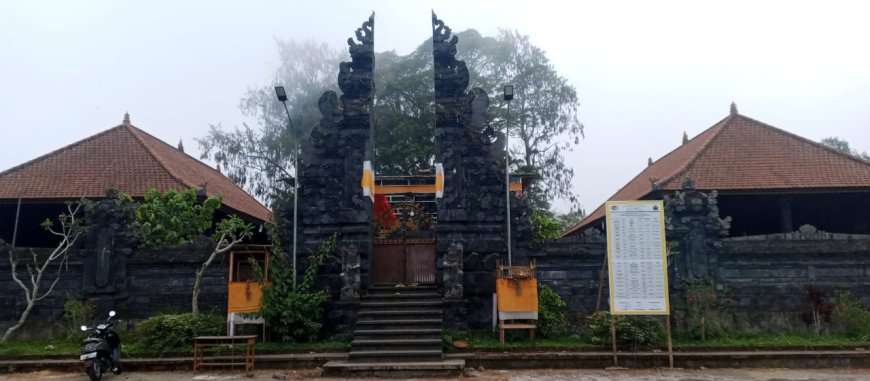
Pura Bukit Indrakila is part of the Pura Kahyangan Jagat and is located in Desa Dausa, Kintamani District, Bangli Regency. It can be reached via the main road, Jl. Raya Kintamani. The location is approximately 72 km from Denpasar City, which takes over 2 hours to reach, and 95 km from Jimbaran, which takes nearly 3 hours. The pura is situated on a hill surrounded by several mountains, so the journey to the pura involves a slightly uphill climb. Pura Bukit Indrakila is also close to Pura Beji Bada and Pura Subak Abian Biding Sari.
There is an interesting history behind the construction of Pura Bukit Indrakila. According to historical records, Pura Bukit Indrakila was built during the reign of King Jaya Sakti between 1133 and 1150 AD. Initially, this temple served as a place for yoga, meditation, and spiritual retreats for the kings of Bali during that time. Besides its historical significance, the name of the temple itself is unique. It is said that the name "Indrakila" was taken from Mount Indrakila in India. The name "Indrakila" is a symbolic name that refers to the rain god according to Hindu beliefs.
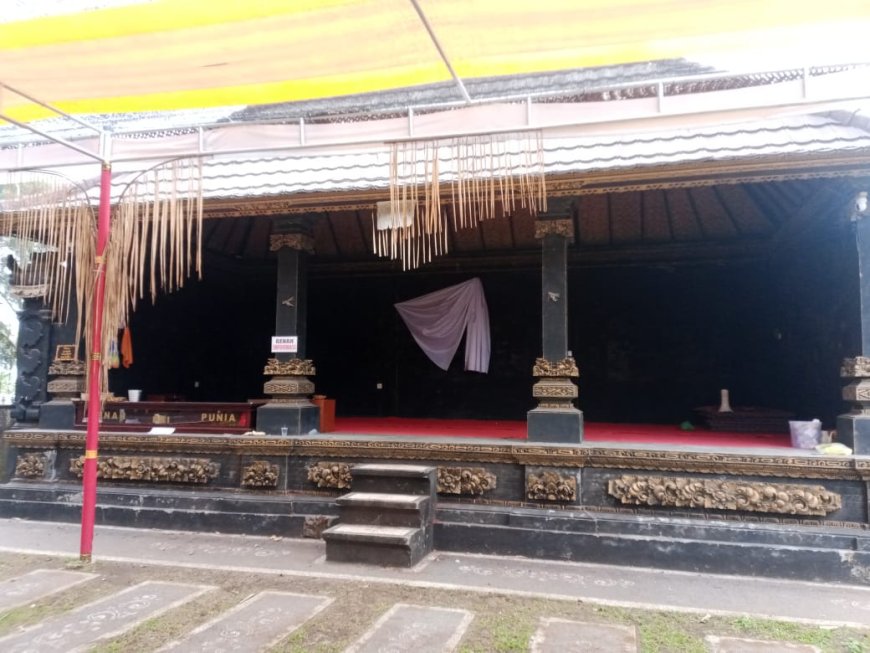
Area of Pesandekan in Pura Bukit Indrakila (Source: Private Collection)
It's important to note that Pura Bukit Indrakila has several areas designated for specific activities. Within the temple complex, there is an area called Pesandekan, which is strictly restricted to those who have completed the Upacara Pawintenan (a purification ceremony), Upacara Persembahyangan (worship ceremony), or those who have reached a certain spiritual level and are engaging in specific meditations or other spiritual practices.
In this area, there are inscriptions from various royal decrees that mention the temple. For example, a quote from Paduka Raja Sri Ugrasena, dated 857 and 864 Saka (Saka is the Hindu calendar), prohibits the collection of taxes and warns of a curse from the gods for violators. Another quote, from Paduka Raja Anak Wungsu in 983 Saka, states that anyone who worships at the sacred fire must be offered food. Paduka Sri Maharaja Jaya Sakti, in 1046 Saka, decreed that all elders must discuss matters of taxation and levies. Lastly, Paduka Sri Maharaja Ali Jayapangus, in 1103 Saka, ordered that military commanders must submit to high-ranking officials of the kingdom.
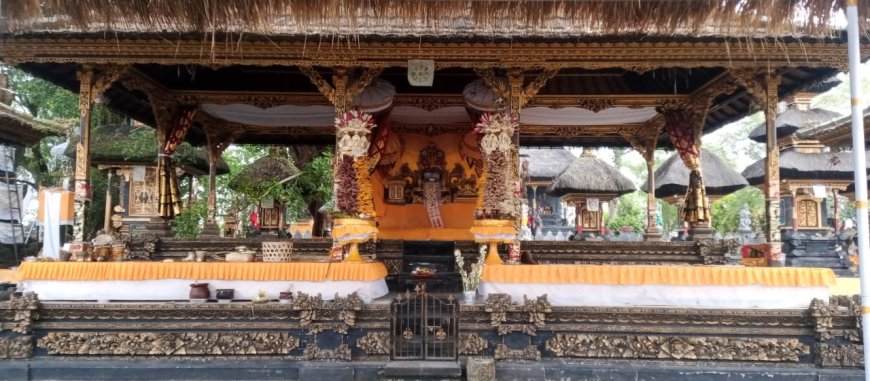
Area of Penataran Hyang Api in Pura Bukit Indrakila (Source: Private Collection)
After that, we entered an area called Penataran Hyang Api. The shrines in this area are still clean and well-maintained. What's unique about this area is that the arrangement of the shrines in Pura Bukit Indrakila is very different from other temples. The shrines on the left and right sides are symmetrical, identical in both type and number. Each shrine has a specific name attached to it, such as Ratu Ayu Manik Mas Ketel, Ida Wangsa Arya, Ida Dalem Paum, Ida Dalem Pulasari, and so on. In this area, there is a five-tiered meru as a place of worship for these deities. There is also a building adorned with Chinese ornaments, indicating a connection between Pura Bukit Indrakila and the Sino-Buddhist traditions.
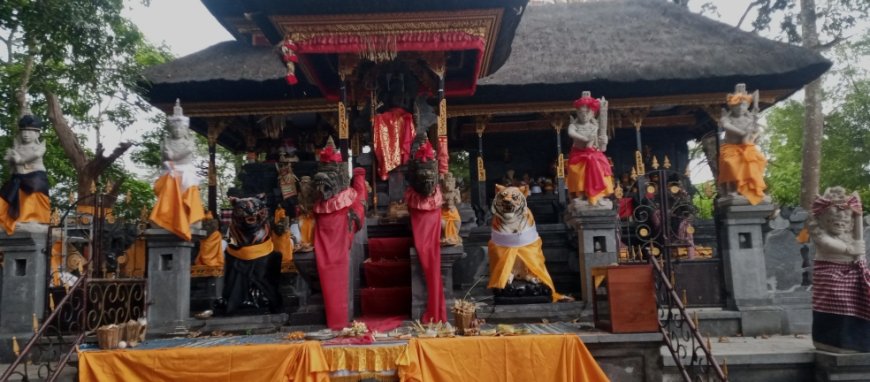
Area of Payogan Humintang in Pura Bukit Indrakila (Source: Private Collection)
The final area of Pura Bukit Indrakila is Payogan Humintang. This is where the kings of Bali practiced yoga, meditation, and asceticism. Given the great responsibility of ruling a kingdom, kings had to face both internal and external challenges. Payogan embodies two concepts: Shiva and Brahma. Shiva represents moksha (liberation), while Brahma represents the enhancement of abilities, knowledge, and so on. The Payogan area has a seven-tiered meru, which is used as a place for meditating to attain moksha.
As described above, Pura Bukit Indrakila is not only a place of worship but also a place for meditation and asceticism, offering a sanctuary to relieve excessive stress from the burdens of great responsibilities. The temple's aura is incredibly captivating, nestled atop a hill surrounded by mountains and often shrouded in cool mist. It is no wonder that this place is perfect for yoga, meditation, and asceticism, rejuvenating the body with its cool and refreshing atmosphere. Despite the passage of time, Pura Bukit Indrakila remains well-preserved and pristine.
